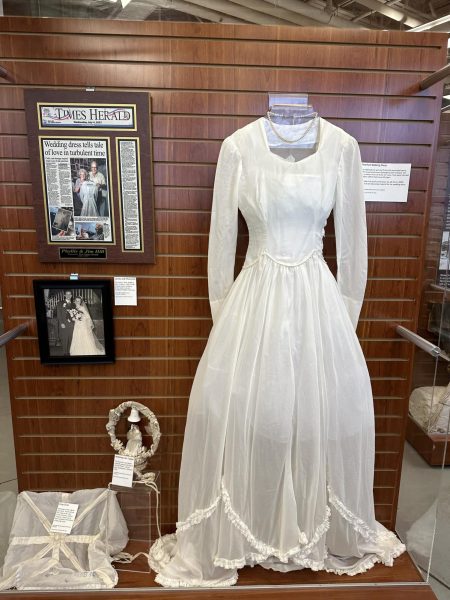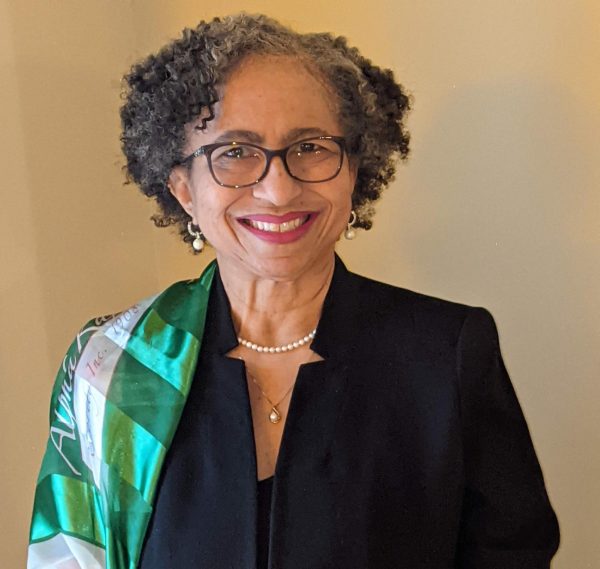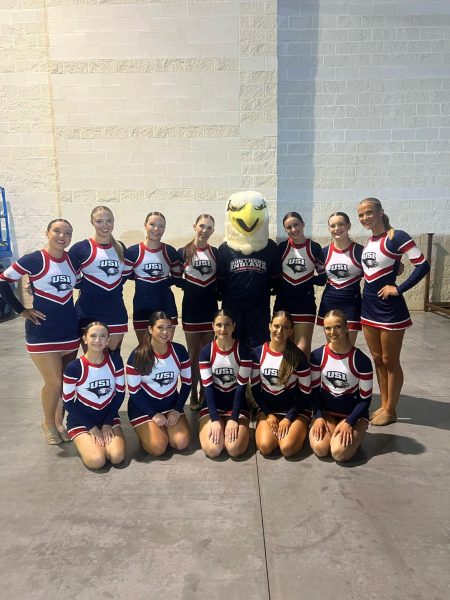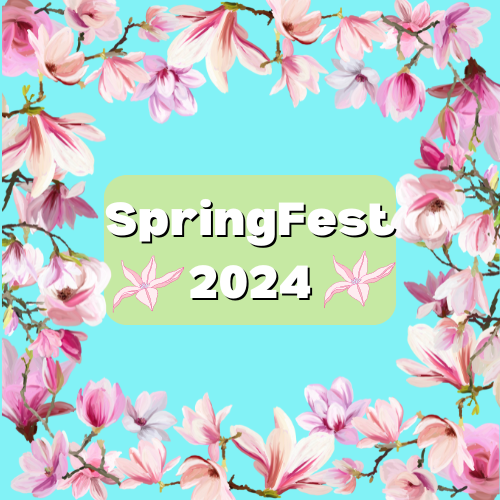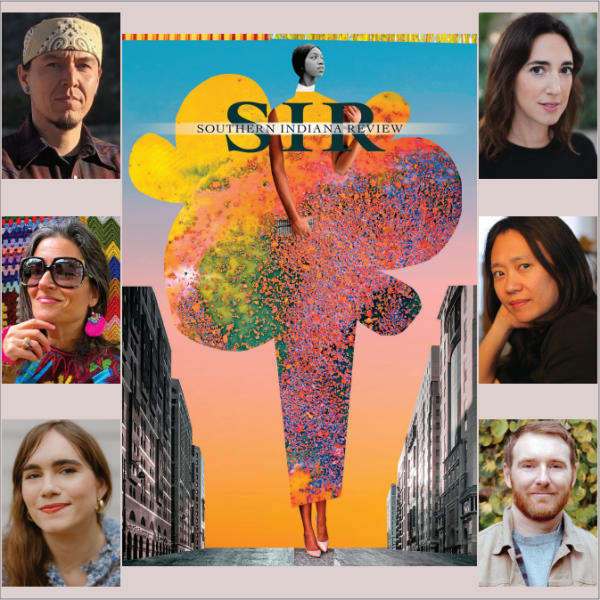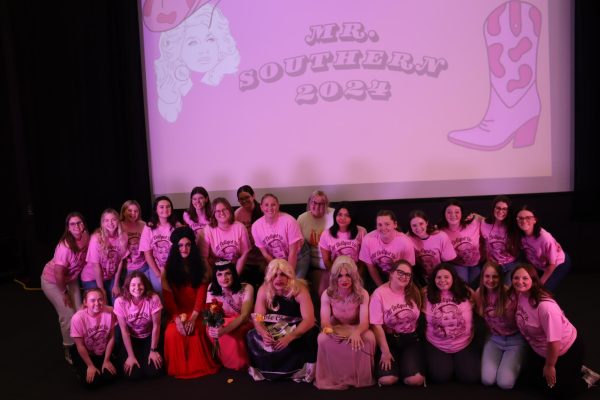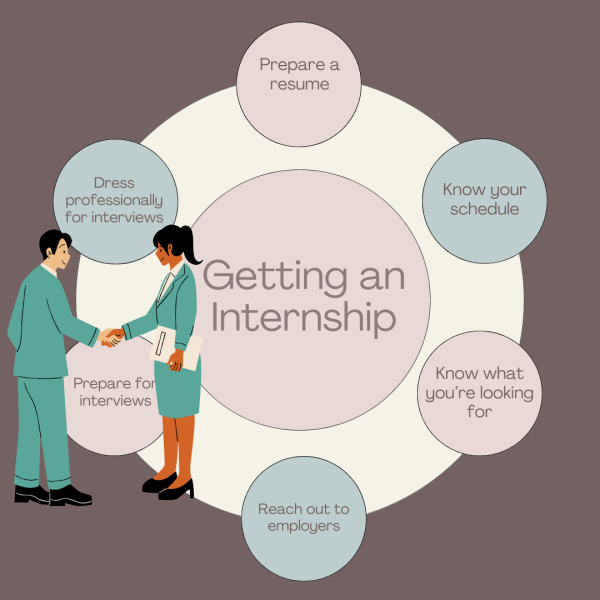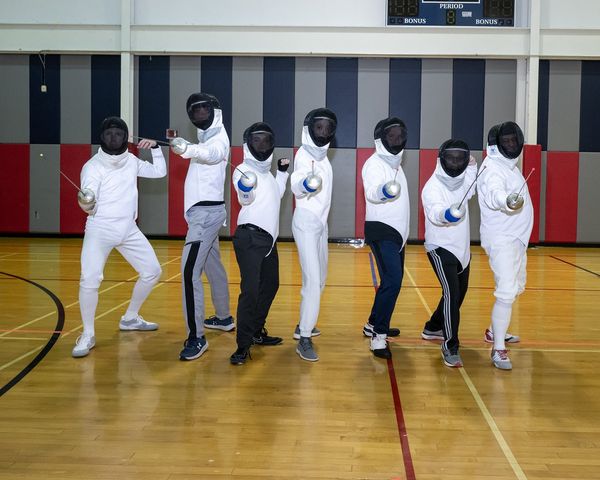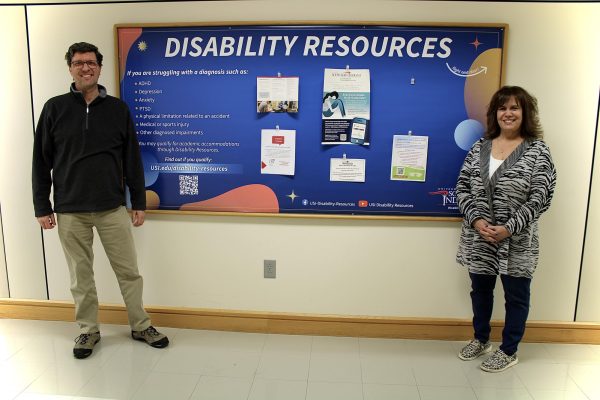Looking beyond: taking issue with fashion waste
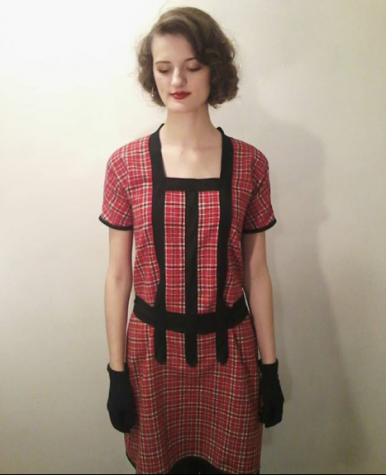
Sarah Feagan, a junior studio art major, started making her own clothing when she was 17 years old. Feagan makes clothing from the 1920s and 1950s and plans to make her own clothing for the rest of her life.
Every week The Shield will showcase students and their hidden hobbies and talents. This week, Sarah Feagan spoke about her passion for making her own clothing.
Sarah Feagan was 16 years old when she made her first dress. It was a purple 1950s style dress with polka-dots and mostly held together with safety pins.
“It was the first dress I made without a pattern, and it was ridiculous,” the junior studio art major said. “I have made much better dresses since that one, but I will always look back on that purple polka-dotted dress with glowing pride.”
Feagan was given her first sewing machine by her grandmother when she was 15 and quickly began teaching herself how to sew. Feagan began making clothes for herself because she didn’t like how she felt in normal clothes.
A few years later, Feagan watched a documentary called “The True Cost” about the global effects of cheap clothing, both on the environment and populations.
Los Angeles-based filmmaker Andrew Morgan created the documentary about the human and environmental cost of shopping at H&M, Forever 21, Topshop, Zara and other stores associated with the $3-trillion fast-fashion industry.
“I was impacted by the destruction of the fashion industry,” Feagan said. “I never really shopped at those stores anyway because I could buy a second-hand dress for three dollars and make it into something beautiful, but the documentary stopped me from going to those stores completely.”
Now, Feagan makes all her own clothes. Sometimes she goes to a second-hand shop, buys a dress, rips it up, and makes it into something that suits her. Other times Feagan makes dresses completely from scratch.
“Everyone likes to look nice and wear something they like,” Feagan said. “But I began to take issue with the exploitation of workers and pollutants from the clothing industry. When I buy a second-hand dress, I’m not adding to that waste.”
Feagan said that it takes her an average of five hours to complete a simple 1920s style dress. More elaborate 1950s style dresses can take up to four days.
“When you take that much time and care to make something for yourself, you take a lot of pride in it,” Feagan said. “When a button falls off the dress, I don’t throw the whole dress away, I sew the button back on. Most people don’t do that.”
Feagan said making her own clothes has made her more patient and appreciative of the value of the object.
“When you understand all the work that goes into making something, you aren’t going to just throw it away,” Feagan said. “I still have dresses from years ago that I will rip apart and make differently instead of buying a new dress.”
Feagan said most people find the idea of making your own clothing so novel because it seems unnecessary.
“Clothing can be bought so cheaply,” Feagan said. “The idea that someone took the time and cares that much about the clothes they wear and what impact that clothing can have is surprising for most people.”
Feagan said she doesn’t remember the last time she went shopping.
Feagan said she has been hoarding different fabrics and patterns that she hasn’t used yet. She told herself she isn’t allowed to buy any new fabrics until she has made dresses out of all the fabric she already owns.
In addition to her passion for 1920s-1950s American culture, Feagan also has a fascination with Japanese culture. A traditional Japanese kimono, that took Feagan all of Spring Break to make, was featured in the student art show.
The piece was called “Hanabi,” which means firework in Japanese.
“After I graduate, I would like to teach English in Japan for a year,” Feagan said. “After that, I will get a real job and hopefully get to a place where I can make art for the rest of the time. Knowing what your future is going to look like is always uncertain, but it is even more uncertain with an art career.”
Feagan said she plans to make her own clothing for forever.
“I never want to stop,” Feagan said. “Even if I am doing a real job.”
Feagan said if she can make her own clothing, anyone can.
“I don’t want people to be discouraged by how difficult it can look,” Feagan said. “I am completely self-taught, and I want people to know that this is totally accessible to them. Plus, it’s so much fun.”

